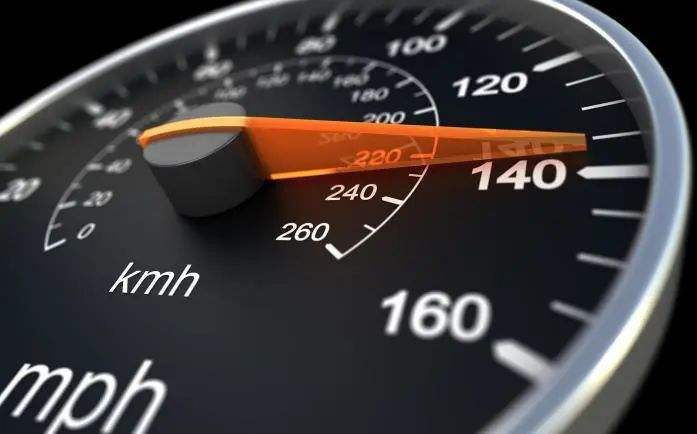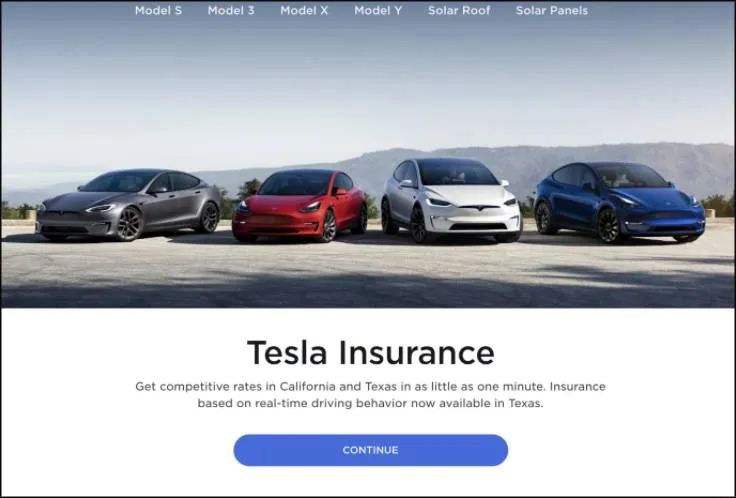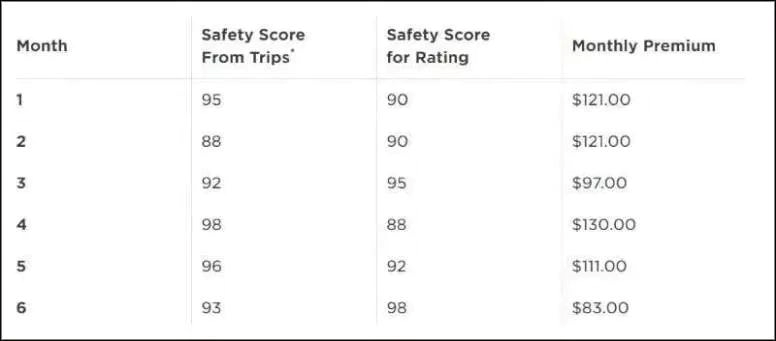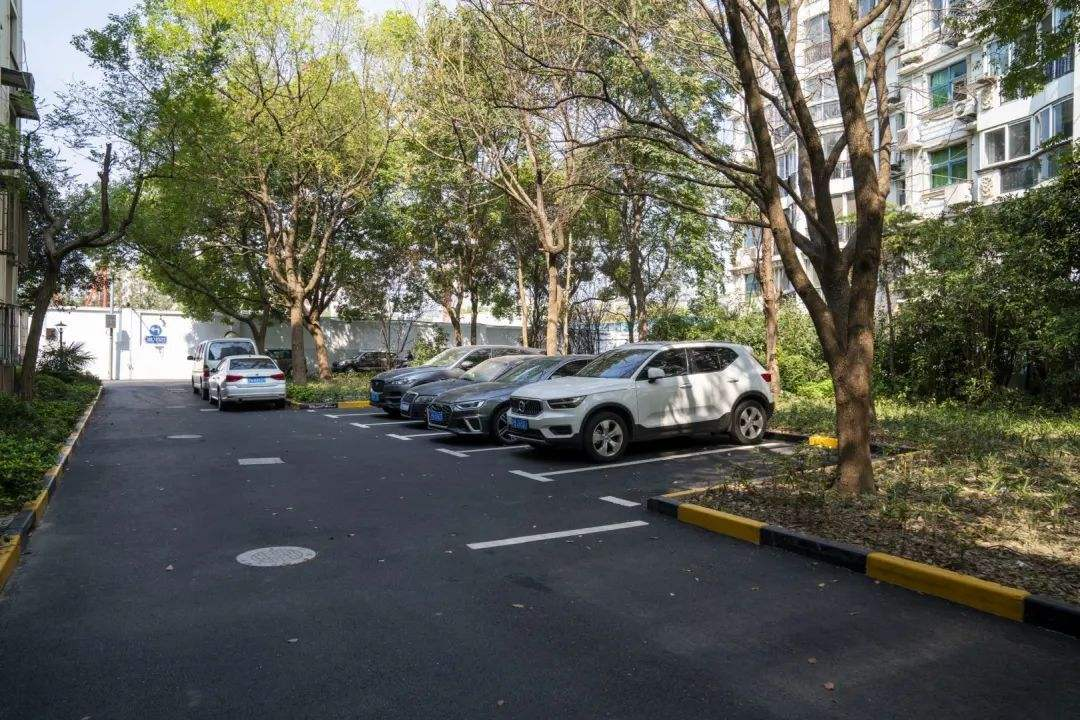Translation
On Insurance Industry’s Differentiated Positioning
The insurance industry is becoming an auxiliary tool that is changing our driving habits. With the development of driving assistance technology, it may not take long before our roads become smoother.
This situation stems from the differentiated positioning of the “insured population”. Like the automotive market, the insurance industry is also moving towards “customization”. In the future, there may be a phenomenon of “one policy per person”.
This call for differentiated positioning was recently triggered by the epidemic in April and May, where Shanghai car owners found that they hadn’t driven for two months and had missed out on insurance company services. The implication was that if I didn’t go out to eat, then there’s no reason for me to pay.
So, the discussion about the extension of car insurance at the discretion of the car owner emerged. It is said that relevant departments carefully considered this proposal, which is a special handling and a form of customization. However, it is not new because similar insurance organizations have appeared in China as early as 2015, although this has not yet taken off.
Apart from wasting the “insurance period” because of special factors, there are also more differentiated groups, such as many environmentally friendly EV car owners with good driving habits, who now need to pay 21% more in premiums than fuel-powered car owners. The premium calculation method is still based on the “pre-subsidy selling price”. Also, fuel-powered car owners who abide by the law have seen premium increases due to one or two incidental events.
Especially for the former, pure electric models are expensive, with high battery costs and high integration of motor and electronic control units. This high-risk attribute makes it more likely for a full range of components to be replaced after a collision, and in some cases, it is difficult to replace components separately like fuel-powered cars.
Some insurance industry practitioners have said that even if a more expensive fuel-powered car rear-ends a pure electric car, the latter’s compensation is often higher than that of the former, so insurance companies naturally raise premiums.
You may say that no matter how much the premiums rise, they are still lower than the actual payout costs. It seems reasonable, but it is actually a hindsight understanding.
Because the profit of the insurance industry lies in betting on probabilities. For example, for commercial medical insurance, friends with basic illnesses pay higher premiums than healthy people. In extreme cases, the target group may not be what the insurance company strives for.
Car insurance has not deviated from this rule. On the surface, we have become accustomed to calculating premiums based on the number of accidents in the past three years, and understanding the premium as being responsible for the past results. However, this result is based on a forecast of your past three years of accidents, which contains other calculation coefficients, but essentially it is still an estimate.
Today, this estimate is more based on driving behavior, such as when you run a red light or speed, your premium will also increase because dangerous behavior increases the likelihood of accidents, which naturally causes losses for insurance companies. From this perspective, insurance companies are searching for high-quality people because they are more likely to make the company money.
However, despite the introduction of a series of variables in the domestic insurance industry, in essence, everyone is in the same boat, with high-quality and high-risk groups being “served” under a relatively fixed calculation formula, which is not fair to the former.
Especially for new energy car veteran drivers with a clean record, this violates the concept of “sharing equal risks among homogeneous risks.”
An industry insider gave a vivid example, likening it to hosting a wedding banquet. The host has no money, so everyone chips in, commonly known as “potluck.” Thus, everyone is in the same boat.
But car owners who drive a few thousand kilometers per year and those who drive tens of thousands of kilometers per year are obviously not in the same boat because the likelihood of accidents is different.
Based on this phenomenon, Old Ma, who is good at considering problems from the source, has taken action again. As early as October of last year, Ma applied for an insurance license for Tesla in Texas and established an insurance institution in Shanghai, claiming that car insurance business would account for 30-40% of Tesla’s overall business value in the future.
What’s interesting is that when Tesla obtained its insurance license, it hadn’t yet received its production license in Texas, meaning that car insurance was born before the car itself.

Tesla’s UBI insurance (not related to the FBI) is based on real-time driving behavior being incorporated into the safety rating system of insurance products, such as frontal collision warnings, emergency braking, sharp turns, unsafe following distances, and forced autonomous driving disengagement for every 1,000 miles.
According to a statement from Tesla’s official website cited by the media, unlike most insurance products, we remove variables that affect your insurance premiums, such as credit, age, gender, and marital status. Your insurance price will be determined by your driving behavior.
There is also an important statement: we will not increase your insurance premiums due to a driving accident. I believe this statement must have moved you if you accidentally scratched or shattered the windshield while replacing the wipers.
This is the extraction of good boys from the original large pool, and car owners can of course reduce some premiums.
A similar situation has occurred in the UK, where InsuretheBox classifies policyholders based on mileage. You can buy several thousand kilometers first and then recharge.
Others have introduced even more imaginative ideas, such as recharging insurance at gas stations by adding 200 kilometers of insurance when refueling. Their common feature is customization. Rather than waiting for the insurance industry to be fragmented, it is more about meeting the demands of different groups of people.The current situation in China is that insurance companies have added more variables when calculating the new year’s premiums. In addition to driving habits, there are also accident rates for the same brand of car, which is another classification method, but it is relatively crude compared to personal customization.
Although Musk has set a model for the industry, Tesla’s UBI car insurance is based on the driving behavior of car owners recorded by the vehicle-mounted OBD. Perhaps this is more suitable for host manufacturers to launch supporting insurance institutions, because it can better protect vehicle and customer privacy.
The constraint is that the willingness of host manufacturers to cooperate with independent insurance institutions is not very strong, after all, it requires sharing customer and vehicle data. Several years ago, the domestic UBI business was also so yellow.
Musk’s spark may not ignite a prairie fire, but it may be helpful in promoting independent insurance business for car manufacturers. Of course, the analysis model based on driving behavior also needs to be further refined. After all, the acceleration ability of electric cars has released many car owners’ desires that have been suppressed for many years. Now, while regulations have not yet restrained me, I have to consider insurance premiums before accelerating and braking. It is not a kind of human repression.
The world is indeed full of contradictions.

This article is a translation by ChatGPT of a Chinese report from 42HOW. If you have any questions about it, please email bd@42how.com.
